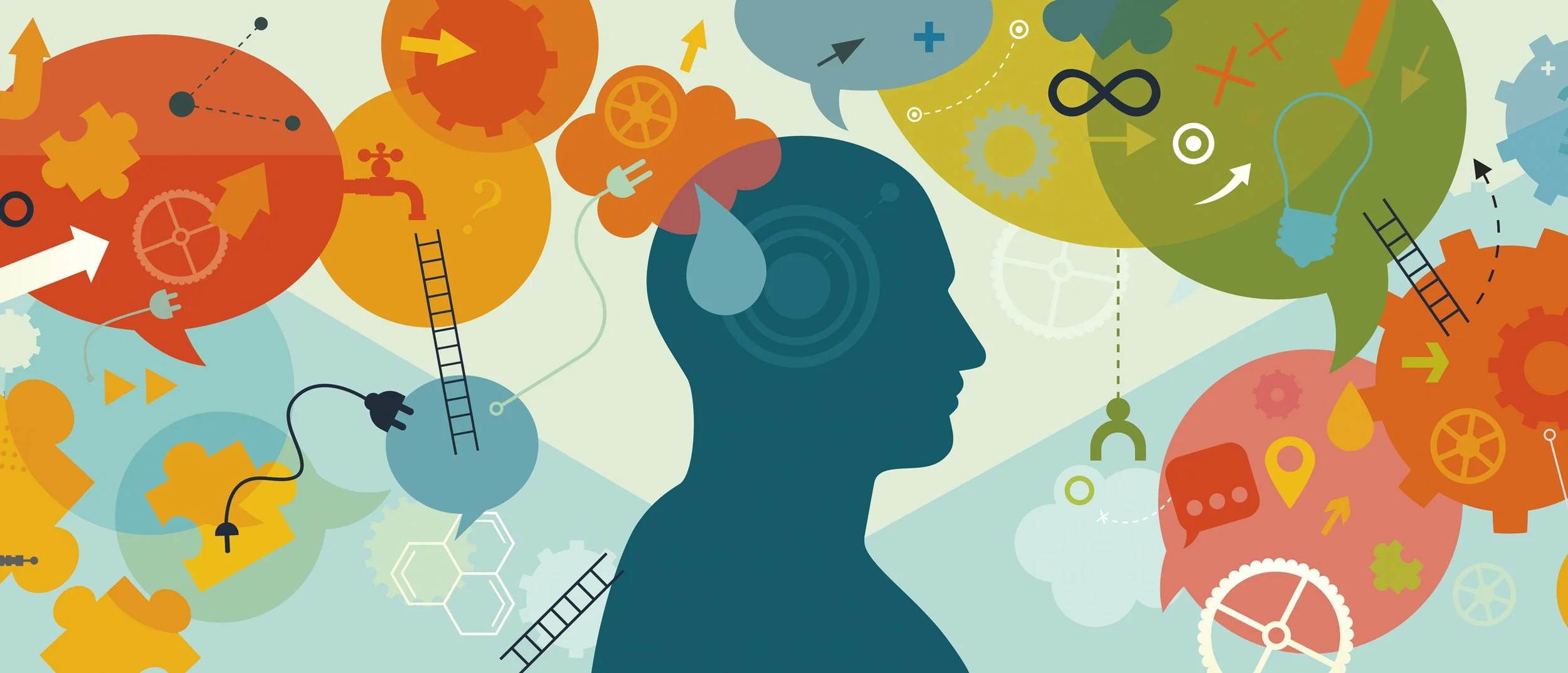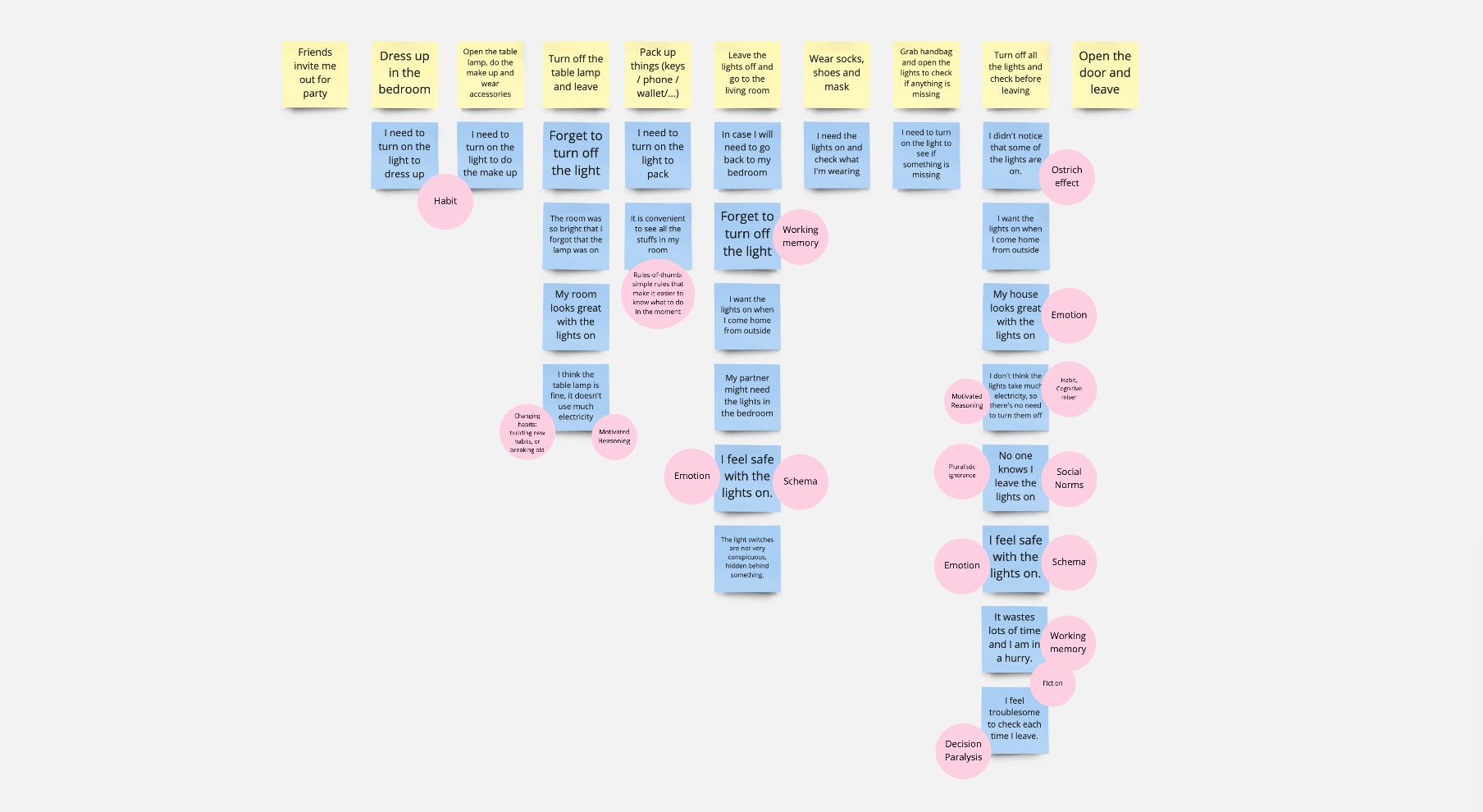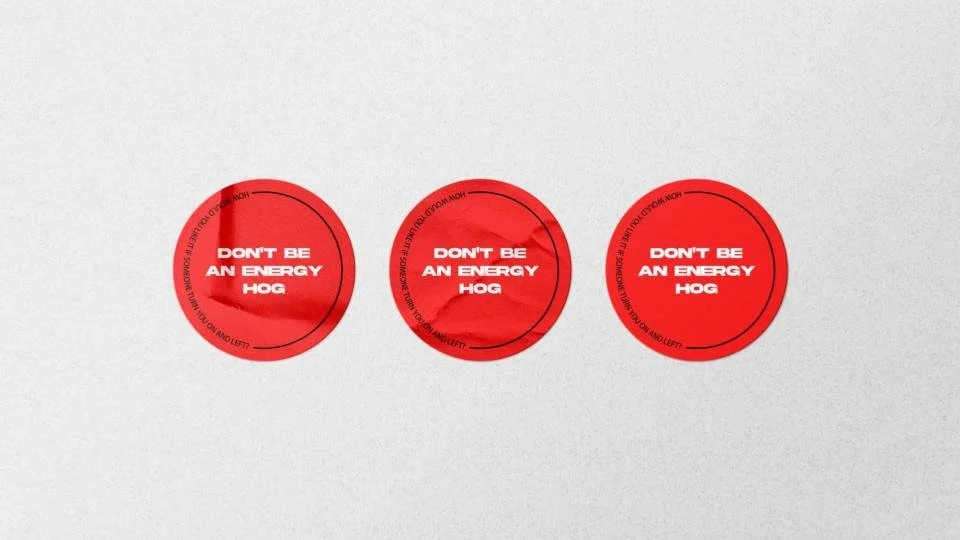Behavioral Psychology
CREATING HABIT BUILDING TO INCENTIVIZE PEOPLE TO TURN OFF THE LIGHTS BEFORE LEAVING HOME
Behavior change is difficult to achieve; behavioral science offers concepts and methodologies to help close this action-intention gap. We explored the theory and practice of behavioral science applying it to advanced design work by using methods including behavior mapping, behavior diagnosis, solution strategy, and experimentation to change the behavior of people not turning the lights off before leaving home.
ROLE
Research / Strategy / Project Manager
PROJECT TIME
1 Week
TEAM
Danna Krouham, Baoqi Ding, Gaoming Lyu, Qiting Fang
Incentivizing people’s energy-saving behavior of turning the lights off before leaving home by habit building and rewards-based solutions.
PROJECT BACKGROUND
People believe they are successful at saving energy and are contributing to the battle against climate change, but in the meantime don’t turn the lights off before leaving home. For many people, it was never a habit to do this, so we got to the task of creating some assumptions to further understand why people don’t turn off their lights.
-
People are in a hurry and forget to turn the lights off.
-
They never got into the habit of checking the lights are off.
-
Assume another person will turn them off.
-
They are not aware of how much energy they use.
-
Do not know the relationship between energy and $$.
-
It’s okay to leave the lights on for a few hours.
ASSUMPTIONS BUSTING
Assuming these assumptions are wrong, we explain this pattern through the following: people are cognitive misers, the better than average effect, fundamental attribution error, and pluralistic ignorance.
-
Better than average effect.
We tend to give ourselves the benefit of the doubt thinking that we are managing energy responsibly compared to others.
-
Fundamental attribution error.
I’m never the last person to leave the house, so it’s not my fault. I’m not wasting that much energy, it’s just too expensive.
-
Pluralistic ignorance.
During our day we see other people not turning off the lights assuming it’s someone else’s, and we take that habit home.
KEY BEHAVIOR
FROM:
I want to save more energy.
TO:
I want to be sure I turn the lights off before I leave home
BEHAVIOR MAPPING
So based on our understanding, we wanted to create a reward solution that incentivizes people to save energy by tapping into the experience of receiving your electric bill.
1) Turning off the lights before leaving home.
2) Receiving a monthly electric bill in the mail.
PROCESS
We began this problem by doing some initial secondary research on electric billing layout and information, energy-saving tips, and energy usage in New York City. Then we identified the problem, the assumptions and assumptions busting, the key behavior, developed the behavior map, and then prepared this survey using Qualtrics to send out to others.
After sending out the survey, we received our results, which were found to be slightly statistically significant, and made some charts to represent findings. The charts showed the respondents’ responses to the likelihood of credit card payment and people who claimed to pay off their credit cards.
After sending out the survey, we received our results, which were found to be slightly statistically significant, and made some charts to represent findings. The charts showed the respondents’ responses to the likelihood of using our proposed solutions.
PROPOSED SOLUTIONS
We created two different colored stickers which would be sent out to people alongside their electric bill:
RED STICKER
Sent out to those who spend more energy compared to the average user. This sticker will be placed close to their doorknob to incentivize and remind them to turn off the lights before leaving home. After reaching the average energy use, they will receive the green sticker as a social token.
GREEN STICKER
Sent out to those who spend equal to or less than the average user. This sticker will be placed on the outside of their door to self-signal their neighbors that they are responsible energy users. This would also inspire and incentivize neighbors to put in the effort to receive that green sticker.
People are willing to turn off the lights with a visual cue, but we need to be more forceful to incentivize this behavior.
REFLECTION AND NEXT STEPS
As this was my first time (and my team members) running an actual experiment to prove a design concept, we encountered various obstacles that challenged our project. We learned the effectiveness of creating a well-structured survey and how quickly we can receive results to prove or disprove our concept to keep iterating until reaching a well-informed solution.
As we only conducted one round of surveys which resulted in slightly significant data, our next steps would be to edit the survey until we reach a point where there is a significant level of response when comparing the control and experiment group.
Now that I’ve learned about behavioral psychology concepts and how to conduct experiments to aid my design concepts, I will now be able to test my theories and ideas and create more well-rounded design solutions.






























